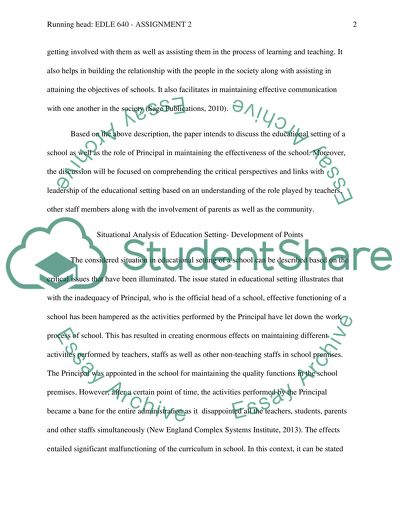Cite this document
(“Development of Points Essay Example | Topics and Well Written Essays - 3000 words”, n.d.)
Retrieved from https://studentshare.org/education/1404285-development-of-points
Retrieved from https://studentshare.org/education/1404285-development-of-points
(Development of Points Essay Example | Topics and Well Written Essays - 3000 Words)
https://studentshare.org/education/1404285-development-of-points.
https://studentshare.org/education/1404285-development-of-points.
“Development of Points Essay Example | Topics and Well Written Essays - 3000 Words”, n.d. https://studentshare.org/education/1404285-development-of-points.


